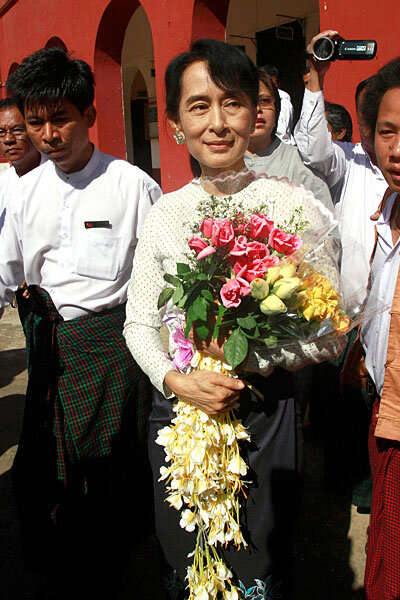The gradual implementation of sanctions on Myanmar (Burma) began in 1988 under President Ronald Regan, who suspended all aid to the country. It wasn’t until May 1997 that President Bill Clinton issued comprehensive sanctions – which included additional restrictions ending all non-humanitarian assistance, banning entry visas for Myanmar government officials, and instituting a moratorium on new investments in Myanmar by US citizens – after determining that Burma was repressing democracy on a large scale.
In 1988 a group of generals deposed Myanmar’s Ne Win (who had ruled since a military coup in 1962), suspended the constitution, and established a ruling military junta. The junta suppressed public demonstration and an estimated 3,000 people were killed and thousands fled into border areas or left the country in the immediate aftermath.
By 1997 when the sanctions were implemented, the junta had spent a decade tightening its grip on public dissent. The junta placed politician Aung San Suu Kyi, who went on to win the Nobel Peace Prize, under house arrest soon after coming to power, and annulled 1990 elections won by her National League for Democracy.
After years of isolation, the regime embarked on an aggressive reform agenda starting in 2011. One democratic opening: The junta allowed the National League for Democracy to legally register.
The US and Myanmar re-initiated diplomatic relations on Jan. 13 after the regime released hundreds of political prisoners and signed a cease-fire agreement with the Karen rebel group, reports the Monitor. Despite the warming relations, US sanctions have not been lifted.







